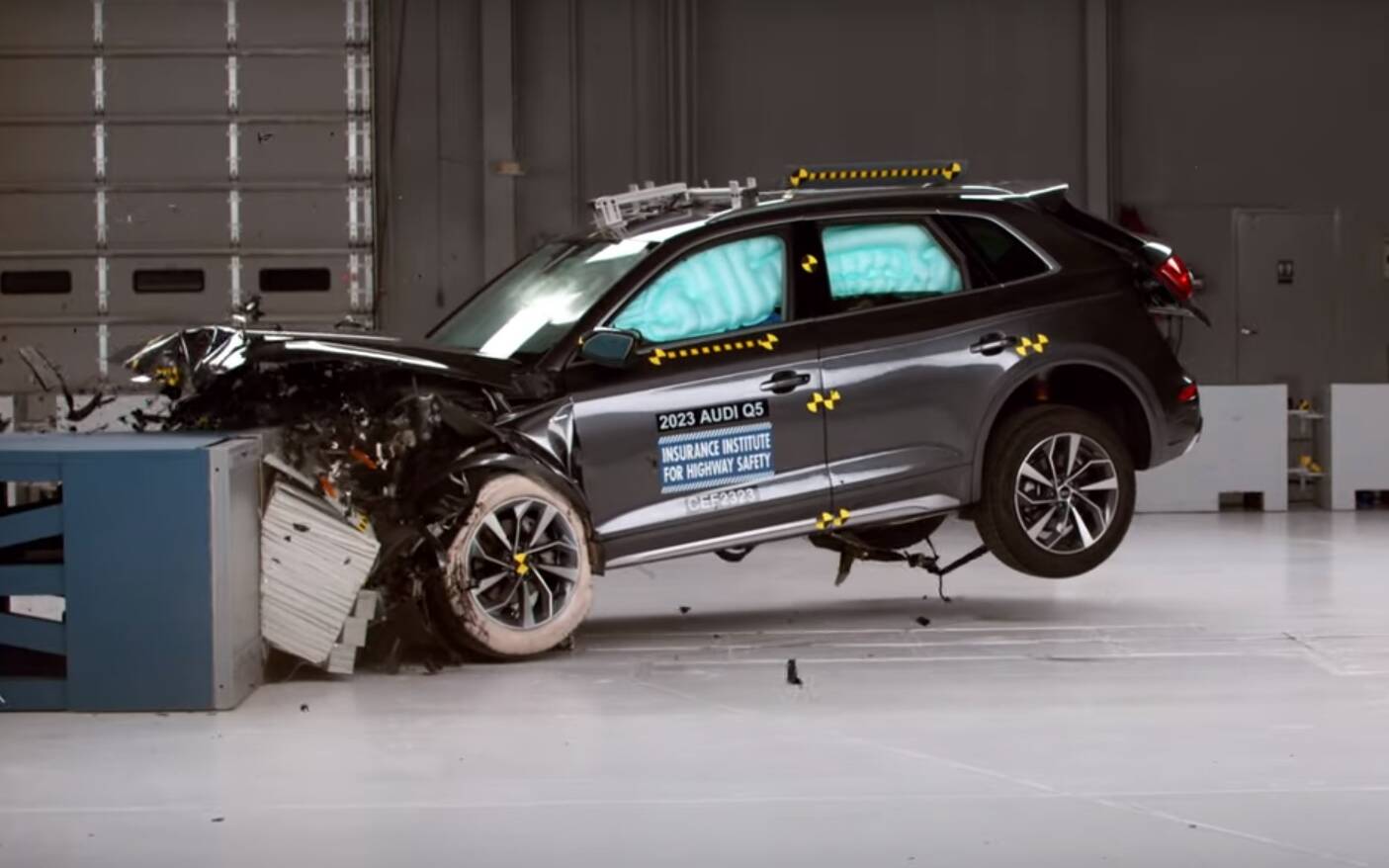Luxury SUVs No Better Than the Rest at Protecting Rear-Seat Occupants
Luxury SUVs trump their mainstream competitors when it comes to quality and refinement, but they do not necessarily offer better protection for rear-seat occupants, the U.S. Insurance Institute for Highway Safety (IIHS) found.
In its latest round of moderate overlap front crash tests (where half the front end of the vehicle strikes the barrier), the IIHS gave a “good” overall rating to just three of the eight models it evaluated, namely the Lincoln Aviator, Mercedes-Benz GLE and Volvo XC60.
- Also: Rear-Seat Passengers at Risk in Today's Minivans, IIHS Warns
- Also: Midsize Pickups Struggling With Rear-Seat Safety, Too
The Acura MDX and BMW X3 earned an “acceptable” rating, while the Audi Q5 and Lexus RX were surprisingly rated as “marginal.” The Cadillac XT6 fared even worse, offering “poor” protection.
The IIHS last year updated its moderate overlap front crash test after research showed that in newer vehicles the risk of a fatal injury is now higher for belted occupants in the rear than for those in front. The rear dummy for the tests is the size of a small woman or 12-year-old child.
Except for the good-rated models, the risk of injury to the head, neck and chest of rear-seat passengers is relatively elevated, the IIHS observed. Furthermore, in four of the eight luxury SUVs evaluated, the rear dummy submarined beneath the lap belt, increasing the chances of abdominal injuries.
“This shows that many manufacturers still have work to do to improve restraint systems in the second row,” IIHS President David Harkey said.
Similar tests conducted earlier this year with mainstream SUVs, pickups and minivans also revealed that a number of them struggle to effectively protect second-row passengers in a front collision.
That being said, the IIHS once again insisted on the fact that the back seat remains the safest place for young children, who can be injured by an inflating front airbag.








